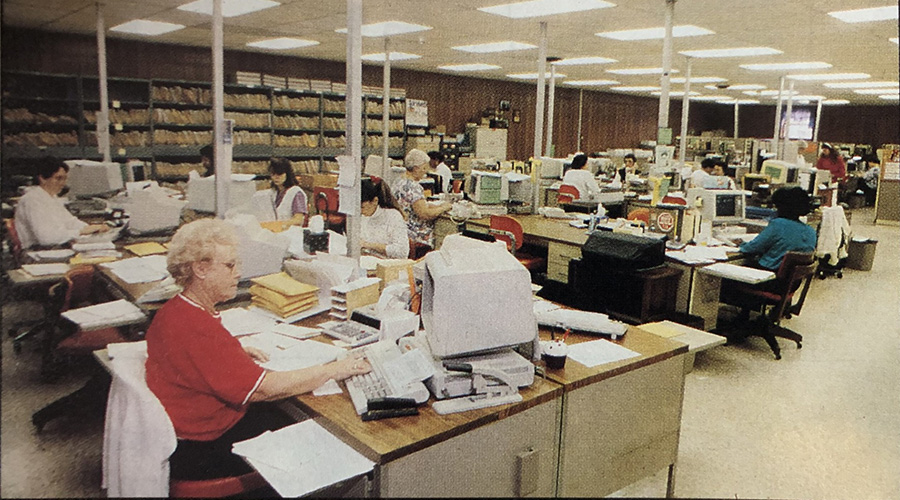To Boost Water Efficiency, Learn Existing System, Consider Alternative Sources
To know the way water is really being used in hopes of improving overall water efficiency, facility managers need to get out and walk their facility, and also use submetering. Such approaches, working with the existing system, can help a facility get a handle on a variety of tricky “little pockets of water use.” The next level is to consider alternative sources such as rainwater harvesting and new technology in irrigation.
Even simple monitoring can have a big impact in uncovering unexpected water uses. Vassos says that, at one commercial warehouse where he facilitated a water audit, he started out by simply asking the security staff to record the readout on the water meter when they happened to be near it over the course of one week. From the spikes in that simple audit, the organization was able to discover that irrigation was significantly over-specified. In addition, big jumps in water use occurred on weekends, when the facility was virtually empty. It turned out security was using the 3⁄4-inch hoses readily available on the facility’s exterior to wash their personal vehicles.
“Quite often the owners of these buildings are not aware of their water use consumption because they’re not directly tied to the water use reporting mechanism,” Vassos says. At the commercial warehouse, a party in a different city, which had no direct insight into the uses at the facility, paid the water bills.“ If (the bill) doesn’t change much year to year, they usually don’t do much about it. You need the feedback loop.”
Next Steps in Water Efficiency
Just as with energy, efficiency in the existing systems is the first area of focus. The next level is to take a look at alternative sources. One strategy that might be an option, depending on the region, is rainwater harvesting. In some regions there are regulations against rainwater catchment if used in a process that doesn’t make the water available to somebody downstream, says Tanner. But in other regions, it is a relatively straightforward strategy to deploy.
At the Grand Bohemian Hotel in Asheville, N.C., a 1,500-gallon rainwater-harvesting tank was installed in the basement of the property when it was built in 2009. In addition to low-flow fixtures and aerators in the guest rooms, the tank was part of the eco-friendly strategies at the facility. It’s a straightforward system, using a 120-volt pump to get water up to a hose bib on the terrace where workers use it to irrigate planters.
Once the tank is full, the supply can meet the terrace’s water demand for months, says Joseph Iglesias, the hotel’s chief engineer. The next step is trying to see if the tank can be tied into the exterior irrigation system, he says.
The market for exterior irrigation — one of the three common large uses of water at facilities — is experiencing innovation. Rather than clock-timer-based systems, climate-based controllers are becoming more prevalent. In addition, more and more information technology companies are moving into the water efficiency space because they see there’s not been a lot of development, says Tanner. “In the last few years, a couple of smartphone-based irrigation controllers have come on the market, and they’re not from big irrigation companies,” she says.
Related Topics:














